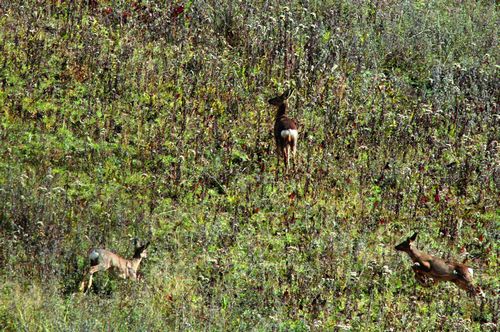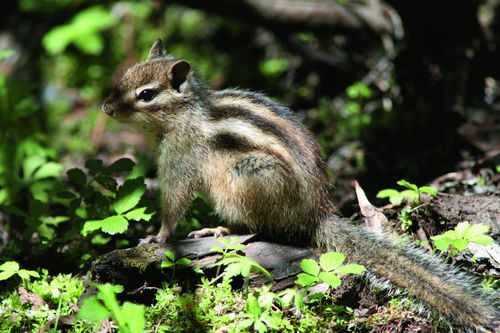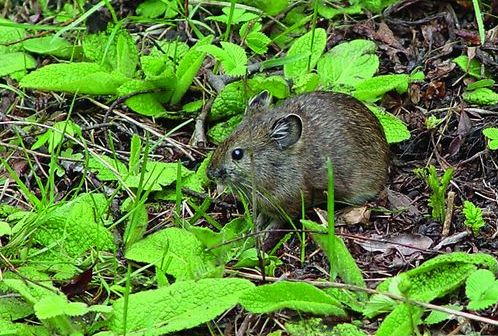There have been no systematic studies of the mammals in the reserve. We have observed several species of ungulates, including the Siberian roe deer (Capreolus capreolus pygargus) and the chamois-like common goral. Goral tracks can be found in the snow and their excrements at resting sites on the steepest rocky slopes, which are difficult to humans to access. Two specimens of this red-listed species are exhibited in the museum collection at the reserve headquarters. The reserve is within the former distribution ranges of the blue sheep, brown bear, maral deer, and takin, but these species came to extinction long ago, probably by overhunting.

the alert roe deer (Capreolus capreolus pygargus)

Siberian weasel (Mustela sibirica)
There is a greater diversity of carnivores than ungulates, but the carnivores are even more difficult to observe due to their primarily nocturnal activity and extreme shyness. We have documented the red fox, dhole, wolf, raccoon dog, stone marten, yellow-throated marten, mountain weasel, Siberian weasel, steppe polecat, common otter, Pallas' cat, Asiatic golden cat, leopard cat, and Eurasian lynx. The lynx, wolf, and either the Eurasian badger or sand badger were documented by tracks. The reserve staff reported that the leopard and wolf were common in the 1950s. They also found bear tracks, probably of an Asiatic black bear, above the research station on March 2002.

A cute Siberian chipmunk (Tamias sibiricus)

A Moupin pika (Ochotona thibetana) feeding on the groud
We hope that more intensive studies of the mammals will be carried out in the reserve in the future to document the occurrence and ecology of the species present. We assume that the reserve is a good habitat for bats which were observed.The presence of caves in the limestone mountains might provide sites for reproduction and winter hibernation.
